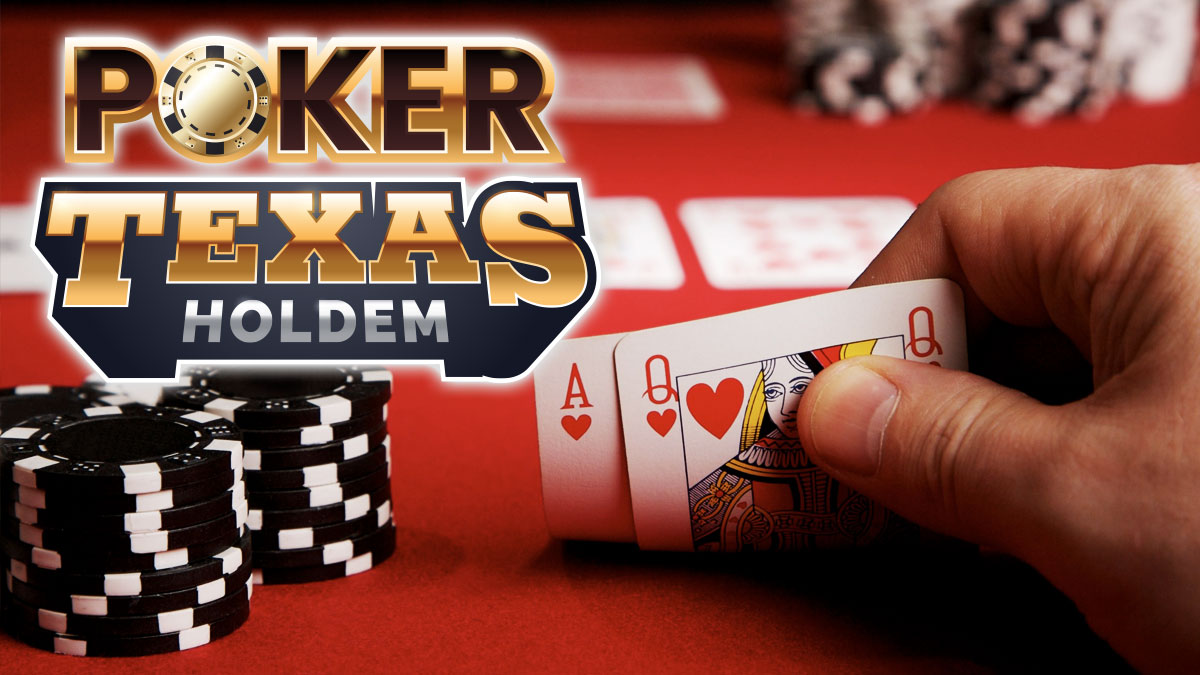In my previous post about starting hands in no limit Texas hold’em, I offered some thoughts about how to play pairs preflop and on the flop. I also covered ace-king and how to play it.
It’s easy to remember that any pair in no limit Texas hold’em is a playable hand, and it’s also easy to remember that ace-king is playable.
But what about the other playable hands in no limit Texas hold’em?
I cover those in this post.
Suited Connectors
Possibly the most important and most subtle starting hands in Texas holdem are the suited connectors. These are cards of the same suit that are consecutive in rank. Sometimes they’re low-raking cards, too. They’re often still playable.
An example of a suited connector is a hand with the 6 and 7 of clubs. You have the potential to make a flush or a straight with this hand. On rare occasions, you’ll also hit 3 of a kind and a full house – but you can’t count on those.
As with the pairs of jacks or lower, suited connectors are more valuable when they’re higher in rank. Obviously a the 10 and jack of clubs together is a stronger starting hand than the 6 and 7 of clubs.
Your hope with these cards is that you have an opponent who’s going to underplay a premium hand preflop and let you hit your hand. At that point, such an opponent will suddenly overplay his hand because he regrets not being more aggressive with it preflop.
How Much Should You Risk with Suited Connectors?
One way to think about suited connectors and how to play them is how much of your stack are you willing to get into the pot with. You might limit this to 1/20 or 1/10 of your stack depending on how aggressive you want to be.
In other words, if you have $1000 in your stack, you might have a firm limit of $50 that you’re willing to put in preflop with suited connectors. Or you might think of it in terms of $100 preflop.
Your goal with suited connectors is to play a lot of flops with them without putting a lot of money into the pot with them preflop. You might call a single raise preflop with such a hand if it’s not that big a raise, but you’ll almost never raise with such a hand.
In fact, you’ll prefer to get your money in the flop with suited connectors when you have a lot of opponents. With many other players in the pot, you’re likely to get paid off when you do occasionally hit your hand.
Suited Connectors on the Flop
The other nice thing about suited connectors is that they’re easy to get away from on the flop if you miss your hand. If you hit anything with your suited connector, you should bet with it if you’re in position and no one else has shown strength.
And, when I say hit anything, I include the possibility of pairing one of those smaller cards. Don’t forget that your savvier opponents are also going to be looking out for suited flops and connected flops. They don’t want to lose to a flush or a straight, either.
Sometimes you can represent such a hand even when you’ve missed it, and if you have a small pair, you still have a chance at winning the pot even when you’re dominated. This is a great hand for a semi-bluff move many times.
But if you completely miss the flop, there’s never any shame in folding those suited connectors.
Suited Connectors with Gaps
In all these examples, I’ve used suited connectors without gaps to illustrate these points.
But you can also play suited connectors with gaps – in other words, they’re not immediately adjacent in rank.
For example, the 6 of clubs and the 8 of clubs are also suited connectors, but they’re suited connectors with a gap. That gap is the 7 of clubs.
As with other suited connectors, you have the potential to make flushes and straights with a hand like this.
When you are playing Texas Holdem for real money, you should play suited connectors with gaps even more cautiously. The higher the cards rank, the better, but the gaps make the hands even weaker.
You can have suited connectors with 2 gaps, like the 5 of clubs and 8 of clubs. The gaps are the 6 and 7 of clubs.
You can also have suited connectors with 3 gaps, but those are the weakest suited connectors. For example, you might have the 4 of clubs and the 8 of clubs. The gaps are the 5, 6, and 7.
Here’s another caveat:
These lower-ranked suited connectors are only playable because of their combination of suitedness and connectedness. It’s not enough to just have the cards be connected.
The 7 of clubs and the 8 of hearts isn’t really a playable hand, but the 7 of clubs and the 8 of clubs is. You just don’t have enough possible hands you can make with unsuited cards to make them worthwhile.
But, when you get to higher-ranked cards, you can get away with loosening up on the suitedness requirement because of the potential of making higher pairs and higher end straights.
Other Starting Hands that Don’t Necessarily Have to Be Suited
Let’s just say that the following hands are also playable, albeit tricky, regardless of whether or not they’re suited. They’re better when they’re suited, but they’re playable either way. These hands include:
- AQ
- AJ
- AT
- KQ
- KJ
- KT
- QJ
- QT
- JT
One of the things you’ll notice about this list of hands is that they all consist of cards ranking 10 or higher.
If these hands are suited, they’re not that tricky to play. They’re relatively strong hands – almost as good as a pair. For example, you’ll often see AQ suited on the same list of premium hands as AK suited. And some players think AQ suited is as good as AK offsuit.
These hands increase in value when you’re playing in a short-handed game.
A full table of Texas hold’em players has about 9 players at it.
A short-handed table has 6 players or fewer.
You must loosen up and play more hands preflop at a short-handed table because if you don’t, you’ll lose all your money to the blinds. This is a key aspect of developing poker strategy. After all, you’ll be in one of the blinds 1/3 of the time.
If you have one of the hands listed above and the cards aren’t suited, it’s usually best to fold to a raise.
If you have one of the hands listed above and the cards ARE suited, you can call one raise but not a raise followed by a re-raise.
These are, of course, broad guidelines that vary based on what kind of table you’re playing at. I’ve played at Texas hold’em games with players who have literally raised with every hand preflop for an hour. In cases like that, it might make sense to loosen up with these hands preflop.
After all, that guy raising every hand isn’t likely to have a better hand than you every time he raises. You should call or even re-raise with something that’s likely to be a stronger hand.
When the flop comes around with these hands and you’re still in action, you still need to be cautious, even if you’ve paired one of your cards.
You should still be on the lookout for potential flushes and straights from your opponents.
But you also always need to remember that your opponent might have a bigger pair than you just hit, especially if they were playing aggressively before the flop.
Even if they don’t have a big pair, they’ll sometimes have a small pair that turned into 3 of a kind on the flop.
If those big cards in your hand are suited, you’re a lot better off because of your flush potential, but that potential only exists when you get some suited cards on the flop. 4 to a flush wins 1/3 of the time if you have a big card in the hole.
These hands aren’t that hard to play. You just need to reduce your exposure by not putting a lot of money into the pot with them. This is true at every phase of the hand.
Don’t put a lot of money into the pot preflop with these hands.
Don’t put a lot of money into the pot on the flop, turn, or the river with these hands – unless you flop a rare monster hand.
If you do that, these hands remain playable.
Conclusion
Starting hand guidelines have been described as being like training wheels on a bicycle. They’re great when you’re just starting to learn, but eventually, you don’t need them anymore.
In fact, once you reach a certain level of competence, they interfere with your ability to ride your bike optimally.
But everyone has to start somewhere.
Michael Stevens
Michael Stevens has been researching and writing topics involving the gambling industry for well over a decade now and is considered an expert on all things casino and sports betting. Michael has been writing for GamblingSites.org since early 2016. …



